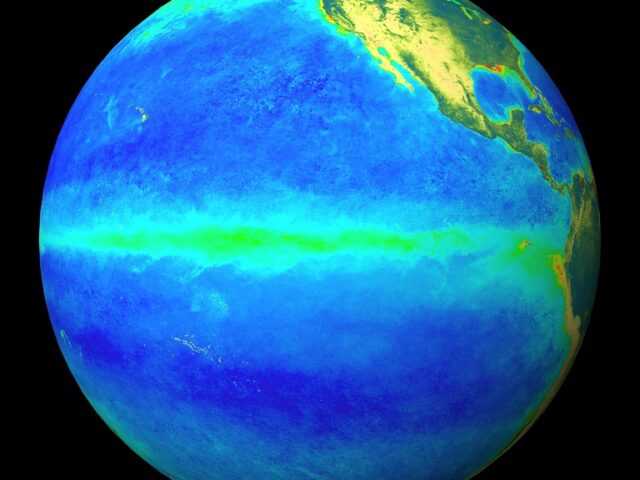MELBOURNE, Australia – El Niño has ended and the El Niño–Southern Oscillation (ENSO) has returned to neutral, reports the Bureau of Meteorology of the Australian Government in its latest update. Climate models indicate ENSO will likely continue to be neutral until at least July 2024. Oceanic and atmospheric indicators are now indicative of neutral ENSO. Sea surface temperatures (SSTs) in the central Pacific have been steadily cooling since December 2023.
There has been substantial cooling over the last fortnight, with the NINO3.4 index now within the historical thresholds for the neutral phase of ENSO.
This surface cooling is supported by a significant amount of sub-surface cooling underneath the central and eastern Pacific, which is typical at the end of the El Niño phase of ENSO. Recent cloud and surface pressure patterns are indicative of short-term weather variability, rather than being influenced by ENSO.
International climate models suggest ENSO will likely continue to be neutral until at least July 2024. While three out of seven international models are predicting central Pacific SSTs to reach La Niña thresholds in July, El Niño and La Niña predictions made in mid-autumn tend to have lower accuracy than predictions made at other times of the year. This means that current forecasts of the ENSO state beyond July should be used with caution.
Global sea surface temperatures (SSTs) have been the warmest on record for each month between April 2023 and March 2024. Month-to-date data for April 2024 indicates this month is tracking warmer than April 2023. The global pattern of warmth is affecting the typical historical global pattern of sea surface temperatures associated with ENSO variability. As the current global ocean conditions have not been observed before, inferences of how ENSO may develop in 2024 that are based on past events may not be reliable.
Although the most recent value of the Indian Ocean Dipole (IOD) index (+0.57 °C) is above the positive IOD threshold, the IOD is neutral. Despite the positive IOD values being mostly from record warmth in the north-west Indian Ocean, atmospheric indicators in the eastern Indian Ocean may be consistent with a developing positive IOD.
The Southern Annular Mode (SAM) is currently positive. Forecasts indicate it will become neutral during the coming week and remain neutral for the coming fortnight.
The Madden–Julian Oscillation (MJO) is currently weak or indiscernible. Most climate models indicate the MJO will remain indiscernible for the coming week, possibly emerging as a weak pulse in the western Pacific over the next fortnight. Following this, it is forecast to move towards the Western Hemisphere and Africa, away from the Australian tropics.










